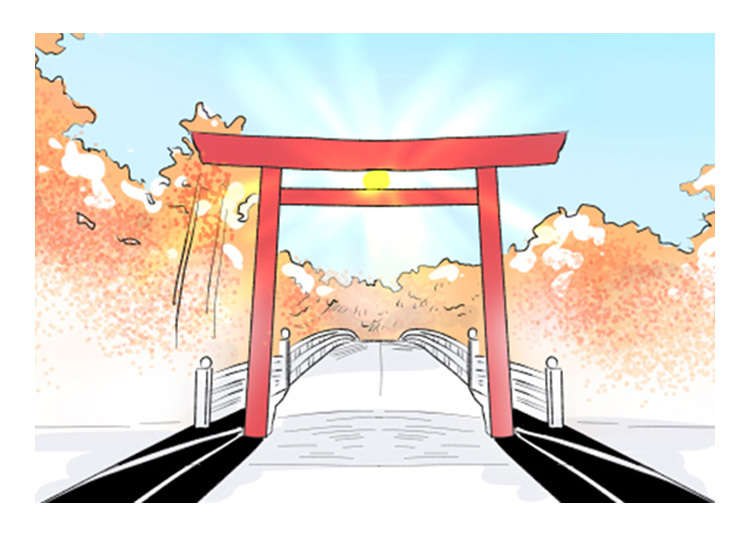
In the Northern Hemisphere, the day when the sun is at its lowest elevation and with the shortest daylight hours of the year is called the "winter solstice." In that case, today, December 22, is the winter solstice in the Northern Hemisphere this year.
I think in different countries, people might have other ways to spend the "winter solstice." So what will people do in Japan on this day?
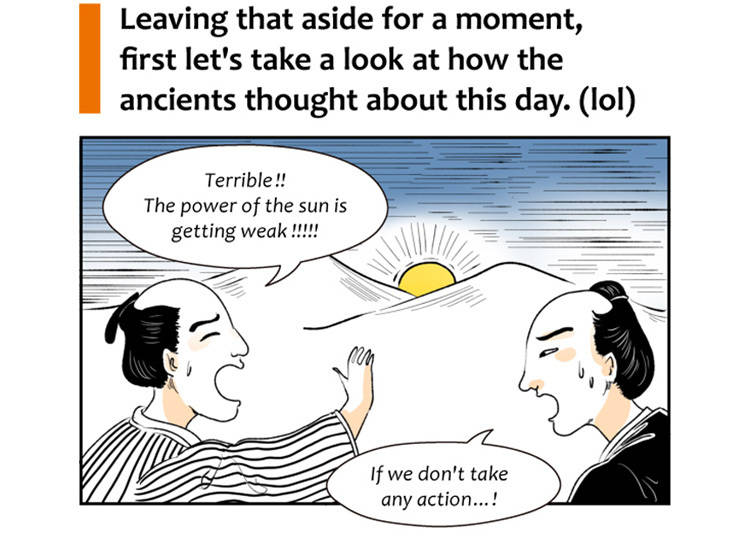
In ancient Japan, people regarded the winter solstice as "the sun's power getting weak, the day that death is impending." Hence activities and customs of "removing disasters and ill fortune" were developed, passed down to now.
Then, let's get right to the point and introduce to you what people do on the winter solstice in modern Japan.

In the past, food was not as plentiful as it is now, so people preserved the summer vegetable pumpkin well until winter. Eating pumpkin in winter would warm up your body, then people could spend (get through) winter, and this is with the meaning of removing disasters and ill-fortune.
Also, since pumpkin is nutritious, it can prevent you from cold or stroke.
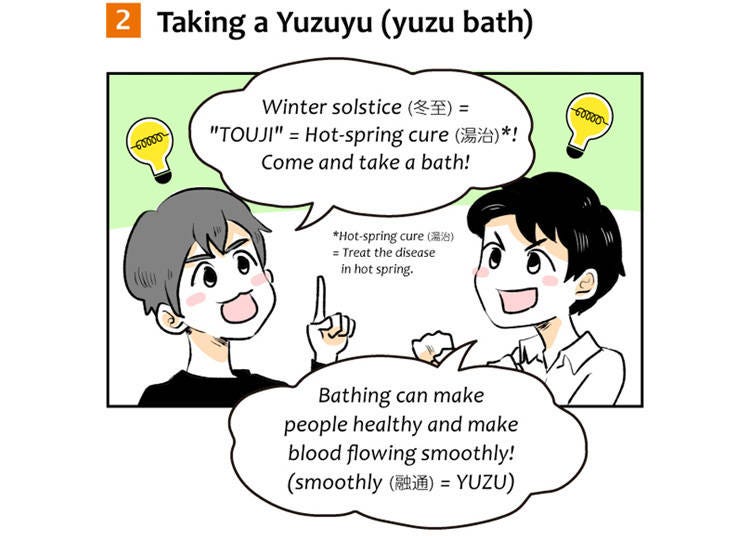


In the past, food was not as plentiful as it is now, so people preserved the summer vegetable pumpkin well until winter. Eating pumpkin in winter would warm up your body, then people could spend (get through) winter, and this is with the meaning of removing disasters and ill-fortune.
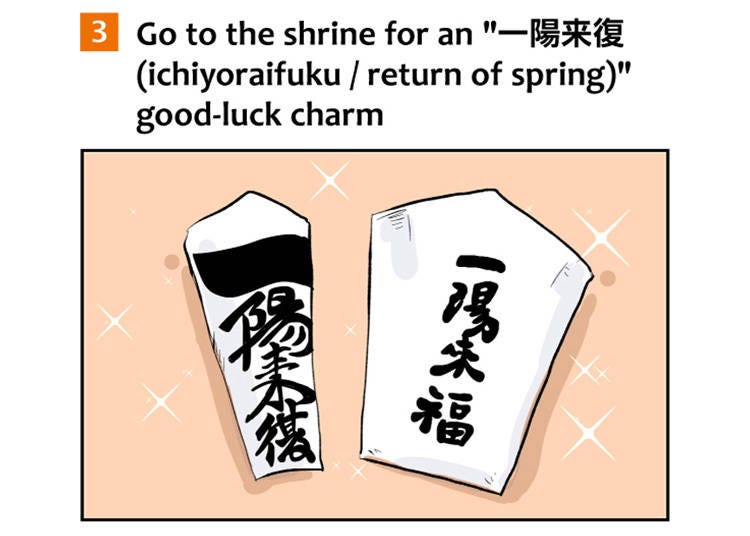
In the lunisolar calendar in ancient China, the winter solstice was regarded as the day that "Yin qi ends while Yang qi returns." Ichiyoraifuku (一陽来復) conveys precisely the same meaning, and it also has the meaning of "The end of winter and the beginning of spring" or "The end of bad things and the beginning of good things (After a storm comes a calm)."
Therefore, from the winter solstice to the Setsubun (Feb. 3rd) the next year, some shrines will hand out the "一陽来復" good-luck charms.

In Tokyo, you can get an "ichiyoraifuku (一陽来復)" good-luck charm from the most famous Anahachiman-gu Shrine for only 800 yen ♪
*The price varies from shrines.
In addition, in Anahachiman-gu Shrine, the God of Wealth is enshrined and worshipped, so the "一陽来復" good-luck charms here also have the effect of enhancing the fortune in wealth!

① Anahachiman-gu Shrine: 2-1-11, Nishiwaseda, Shinjuku Ward, Tokyo
② Yokosu-jinjya: 5, Sugacho, Shinjuku Ward, Tokyo
③ Mizuinari-jinjya: 3-5-43, Nishiwaseda, Shinjuku Ward, Tokyo

Finally, let me also introduce to you a superb scenery that can only be seen on the winter solstice. In the Ise-jingu Shrine (Mie prefecture), which is also famous for sightseeing, in the morning of the winter solstice from the torii here you can see the sun rising slowly!
Please be sure to spend a Japanese style winter solstice and enjoy the day happily!
Illustrations courtesy of Manga de Japan
*Prices and options mentioned are subject to change.
*Unless stated otherwise, all prices include tax.
Popular Tours & Activitiess
Recommended places for you
-

Jukuseiniku-to Namamottsuarera Nikubaru Italian Nikutaria Sannomiya
Izakaya
Kobe, Sannomiya, Kitano
-

Kanzenkoshitsuyakinikutabehodai Gyugyu Paradise Sannomiya
Yakiniku
Kobe, Sannomiya, Kitano
-
Goods
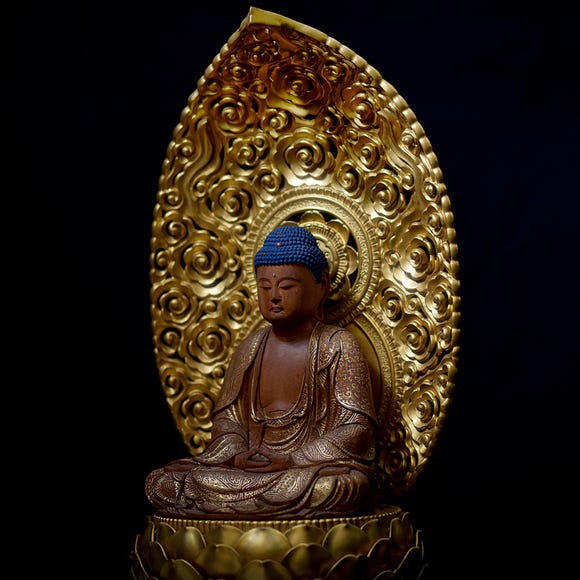
Yoshida Gennojo-Roho Kyoto Buddhist Altars
Gift Shops
Nijo Castle, Kyoto Imperial Palace
-
Appealing

Rukku and Uohei
Izakaya
Sapporo / Chitose
-

Kambei Sannomiyahonten
Yakiniku
Kobe, Sannomiya, Kitano
-

ISHIDAYA Hanare
Yakiniku
Kobe, Sannomiya, Kitano
-

Don't Miss Out! The One Thing You Must Do Before Shopping at Mitsui Shopping Park LaLaport: Get Your Max 10% OFF Coupon Book
-

Enjoy Japan's Gorgeous Winter Lights! Ride the Romancecar to Shonan no Hoseki Illumination
by: Guest Contributor
-

New Seibu L00 Series Launching in 2026! What to See Along the Tokyo-Area Golden Route
by: Guest Contributor
-

[Extended Offer!](12% OFF KKday Coupon) Mt. Fuji Autumn Leaves, Powder Snow & More! 15 Best Tours to Experience Japan in Fall & Winter
-

Get Ready to Catch 'Em All! First Ever Permanent Outdoor Pokémon Park Opening Near Tokyo!
-

Keisei × Keikyu 16-Temple Goshuin Tour: Discover Deeper Tokyo & Yokohama
by: Guest Contributor
-

Where to Buy Kimono in Kyoto: Best 4 Stylish Antique Kimono Shops on Sanjo and Shijo Streets
-

Aomori Nebuta Festival Accommodation: 14 Best Hotels Near the Parade Route (June 2025 Update)
-

Japanese Beer is so Different! Checking out the Top 10 Craft Beer & Brews in Tokyo
-

Sendai Umino-Mori Aquarium: Inside Northeast Japan's Largest Aqua Attraction
-
Ad

Treasure you can find anywhere in Japan! Three Japan-lovers introduce the incredible world of Japanese snacks
-

Kaminoyama Onsen Guide: Best Things to Do in Japan's Samurai Town!
- #best sushi japan
- #what to do in odaiba
- #what to bring to japan
- #new years in tokyo
- #best ramen japan
- #what to buy in ameyoko
- #japanese nail trends
- #things to do japan
- #onsen tattoo friendly tokyo
- #daiso
- #best coffee japan
- #best japanese soft drinks
- #best yakiniku japan
- #japanese fashion culture
- #japanese convenience store snacks












